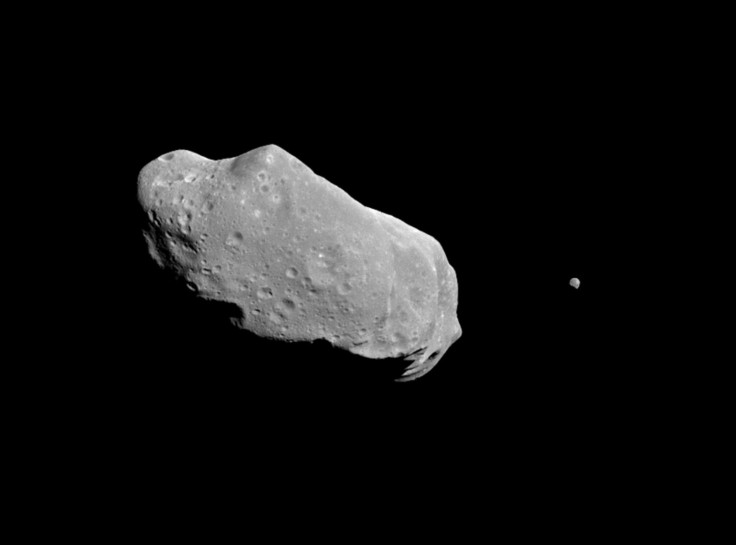It is probably such an understatement to say that technology has great helped with space discoveries. Multiple spacecraft have been able to send back countless pictures not just of the Sun, Moon, and the planets in the Solar System but also have distant galaxies, star clusters, and many more.
Asteroids are part of the space objects we now have a better understanding of. We have gotten a better idea of what asteroids are and how they look like thanks to the advancements in technology. An example of an important asteroid-related discovery was made after the spacecraft Galileo took photos of asteroid known as Ida on August 28, 1993.
What is 243 Ida?
Asteroid Ida, otherwise known as 243 Ida, can be found in the asteroid belt. According to the Jet Propulsion Laboratory (JPL) of the National Aeronatics and Space Administration (NASA), Ida belongs to a group of asteroids known as the Kronos family.
It is described to be 35 miles or 56 kilometers long. Per NASA, it was discovered on September 29, 1884, by an Austrian astronomer named Johann Palisa.
The asteroid was named after a nymph in Greek mythology by amateur astronomer Moriz von Kuffner.
"Ida is a heavily cratered, irregularly shaped asteroid in the main asteroid belt between Mars and Jupiter — the 243rd asteroid to be discovered since the first was found at the beginning of the 19th century," says NASA
Related Article : Asteroid Bennu Has a Massive Crater Thanks to Collision with Space Rock That Also Casued a Landslide
Galileo's Photo of Asteroid Ida and Its Moon

As previously mentioned, the spacecraft Galileo flew by Ida 29 years ago. Ida became the second asteroid that was visited by a spacecraft. More importantly, the asteroid became the first one found to have its own moon.
A photo taken on August 28 by the Galileo using its charge-coupled device (CCD) camera led to the discovery of Ida's natural satellite. According to NASA, "A little more than five months later, scientists studying the images Galileo sent back to Earth noticed that a tiny moon accompanied the asteroid." It was discovered by Ann Harch of the Galileo imaging team.
The moon was eventually named Dactyl, which was named after the mythological creatures that lived on Mt. Ida.
The Galileo Spacecraft
Launched on October 18, 1989, aboard the space shuttle Atlantis, the Galileo spacecraft's main goal is to study the planet Jupiter and its moons. Because of this, it became the first spacecraft to orbit an outer planet.
The Galileo orbited Jupiter for a total of eight years and made key discoveries about the planet and its moons. According to NASA, among such discoveries is discovery of liquid water under the surface of Europa, one of the moons of Jupiter.
It was also tasked with studying two asteroids: Ida and Gaspra. The spacecraft became the first to successfully complete a flyby and imaging of an asteroid. It completed its first flyby on October 29, 1991









